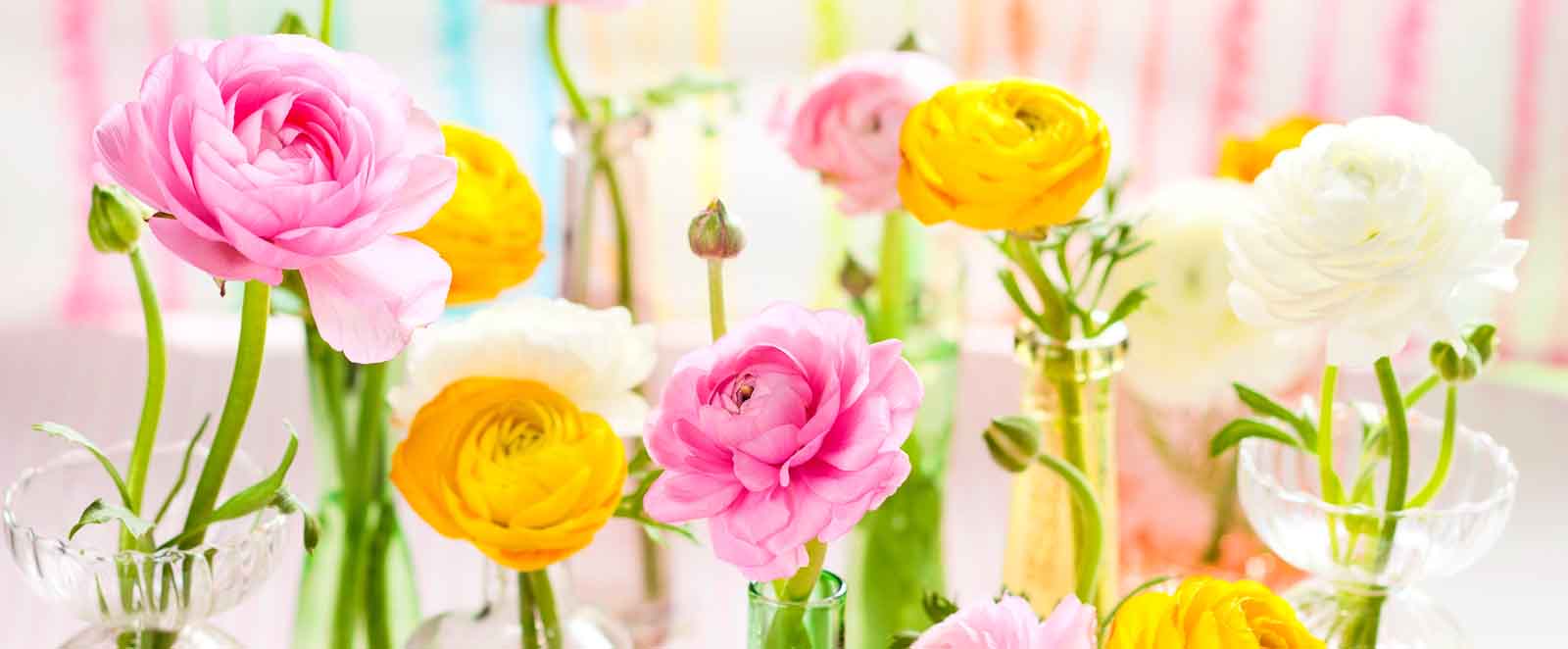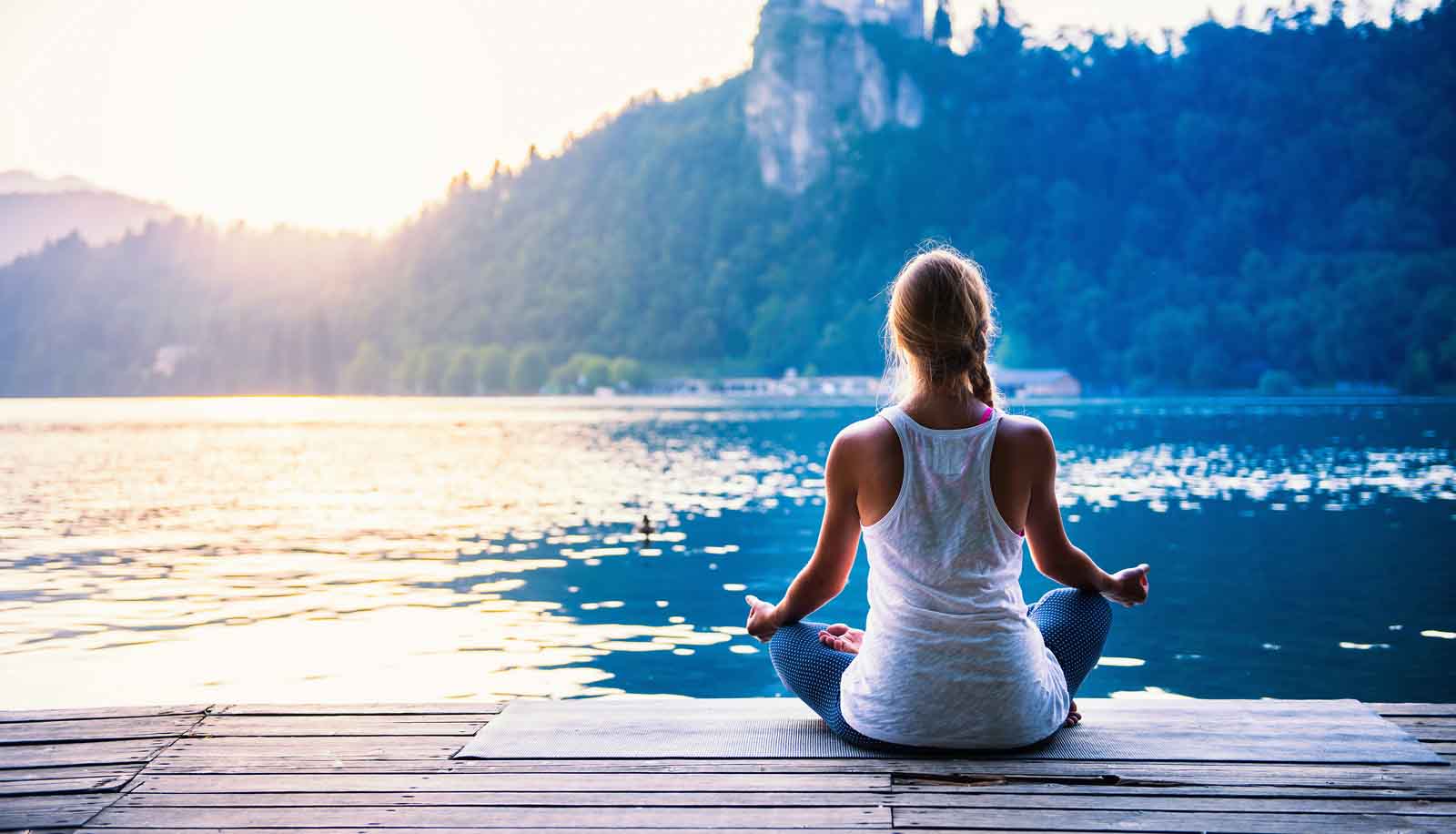©2014-2025 Penscott Management Corporation. All rights not expressly granted herein are reserved. The APO E Gene Online Program™ and the APO E Gene Program™ are part of the APO E Gene Diet®, which is a registered trademark of Penscott Corporation.
Information on this website is intended for informational purposes and is not a substitute for medical advice, diagnosis, or treatment. Learn more.
What is LOVE?
Love is just the sweetness of emotion.
When we look at who we are and how we experience life, we only experience life from within ourselves. Rarely—if ever—do we think about it, but the fact is it is impossible to experience life in any other way.

On Valentine’s Day we are called to focus our attentions on LOVE, and the people we love. We enhance this experience by sharing things that we feel express love, flowers, special drinks, special foods, sweet treats such as candy and chocolate – we can’t forget the chocolate – and our intention is to share this emotion with someone you love or care about.
Love, plain and simply put, is the sweetness of emotion. I believe that everyone has experienced love at some point in their life. It may be love for yourself, a mother, father, or a cuddly pet. It may be loving the flowers, a sunset, or a partner who makes you so happy that even the thought of them brings an incredible sweetness of emotion to you. We do not know where or how this emotion happens, how it gets switched on inside of us, but without question, it comes from within us.

I believe that the natural state of every human being is to be joyful, loving, and exuberant. When we were young, at least the fortunate among us, we awoke happy and joyful. Today, sadly, few of us — even those of us not experiencing poverty, famine, wars etc. that are the life of so many — wake in the morning, without a natural feeling of joy, happiness and love. We look to other people, things, experiences to inspire those feelings in us. Yet these feelings are foundations to our health and wellbeing. Think about your own life, and ask yourself these questions:
- How happy am I?
- How loving am I to myself?
- How loving am I to others?
- How many moments of happiness or joy have I experienced today?
- How many moments of happiness or joy have I experienced this week?

I believe many of us don’t think about the happiness and joy in our lives and the impact on others because we too caught up in the “doingness” of our days. Yet it is critical for our health and wellbeing that we learn how to cultivate this innate capacity of loving, kind, happy, joyful, even exuberant experiences within ourselves. Did you capture the key words, “Within ourselves,” rather than from externals — be it things, experiences or relationships? Looking to externals is exacerbated daily on unprecedented levels through the media.
Focus on relationships.
If we look to others for our happiness, this may work for a little while, but when our relationships can’t sustain our happiness – things begin to go horribly wrong. Everything seems to unwind and that is the time when things do not end well. All relationships have benefits to whomever is involved, it just at what level are people involved.

Or we can enter a relationship with a deep desire to share and connect with another, making the other person’s life consciously better. This sharing brings us great satisfaction, love, and joy – that sweetness of emotion that is such a wonderful way to live.
It is very common to look to a relationship, often unconsciously, to meet an unmet need — a need to receive rather than to give or to share. As long as this need is being met, we feel good, we are happy, we feel loved. When, for some reason, that need from the other is not met, we find ourselves out of sorts, thing are not right, things are cut off and go bad.

No matter what it is, the source of this is coming from within you, not outside of you. If you are joyful, loving and fun, the person you are sharing the relationship with will want to be with you because you are joyful, loving and fun. But if the opposite is present then they will only put up with it for so long. A relationship that lacks an authentic joy, happiness, love, sweetness of emotion will not and cannot survive.
The Key to True Love

A trend is happening in the world—people are not very tolerant of each other anymore. People have lost their sense of joy, caring, and love for other people around them. People have become very intolerant.
It is easy to have a negative attitude about something when there is a distance between you and the issue – a situation that is not directly impacting you.
It is easy to dislike or love things that do not directly impacting your life or require anything of you. For example, nature, animals, plants flowers can simply be loved and enjoyed in an effortless way, when we are not directly responsible for them. This is why love can flourish on social media. It takes little effort to form these relationships, and if something doesn't go well, the relationship or situation can be terminated with the press of a button. CLICK. It’s done.
We all have defined personalities and characteristics that we are habitually attached to and tend to seek out people and situations that do not challenge our identity — who we are or who we think we are. We are comfortable with the known. However, in these times of turbulence and great change, people and situations are constantly appearing that challenge our identities, our boundaries. We feel threatened and react in unhealthy ways, whether it be overeating, drinking to numb our feelings, or attempting to resolve — in an extreme but not unheard of reaction — the problem by pulling a gun or dropping a bomb on them.

How can we live through these times of tremendous challenges on both a personal and individual level while remaining loving, joyful, and kind?
I believe the key is to create distance between you and your reactive personality, your mind and body. Yes, that sounds a little strange – and it may feel like that at first – however I have been practicing this since 2014 and I can tell you it works. When I began to do this in the beginning, my friends and family who saw me all the time told me I changed. Patients say, “What are you doing, you look different! Did you cut your hair? What have you done?”
It's not that I look different – it’s that my energy has changed. When this happens joy is a natural outcome. Things will change for you in a significant way – joy and love – or sweetness of emotion are a natural outcome. Seeing things in reality and not creating false boundaries for people that are not practical or sustainable is a real game changer.

Introducing Isha Kriya
Isha Kriya is a simple technique that can help change things in a powerful way. Guided meditation is safe, inexpensive, easy to learn, and proven effective. After I learned Isha Kriya In 2014, I recommended that my good friend Dr. Wayne Dyer practice this every day, which he did. One of the last things he did on a tour in Australia was recommend this to his audiences, because it touched him so deeply he cried every time he did it. Tears of love and joy would happen – now that is real.
What is Isha Kriya
Isha Kriya is a simple yoga practice, created by Sadhguru.
Sadhguru is a yogi and a mystic.
How to create distance between you and yourself with Isha Kriya.
Creating distance between you and your body doesn't have to take a lot of time, it can take between 12-18 minutes.
Purpose
Isha Kriya is a tool to move you from untruth to truth and separate you slightly from being completely involved with your mind and body.
What does Isha Kriya mean?
Isha means source of creation and Kriya means action.
This is an extremely simple process, but it is a powerful tool to help deal with the stressors and pace of modern living. It includes the following practices:
- Physical postures (Sadilaja and Yoga Namaskar)
- Nada Yoga
- Isha Kriya Meditation
- Breathing techniques (Kriya)
How to practice Isha Kriya.
- Choose a space that quiet and private, where you will not be disturbed or distracted for 12-18 minute. (I often do this in my car)
- Sit comfortably in a cross-legged position with a straight, relaxed spine. If you are unable to sit in a cross-legged position, you can sit on a chair. You can use a backrest if needed, but not a headrest.
- Try facing east if you can when meditating, this can provide maximum benefit.
- Place your hands on your thighs with the palms facing upwards.
- Turn your face slightly upwards. Keep your eyes closed at all times and keep a mild focus between the eyebrows.
The meditation happens in the following three stages:
Stage 1:
Breathe in and out gently.
During each inhalation say the sentence: I am not the body.
With exhalation say the sentence: I am not even the mind.
Repeat for 7-11 minutes.
Stage 2:
Make the sound Aaah seven times, keeping your mouth wide open and exhaleing with each sound. You should say “Aaah” loud enough to feel the vibrations pass through your body as you utter the sound.
Stage 3:
For the last phase, sit comfortably for 5-6 minutes with your face turned upward and maintain a soft focus between your eyebrows.
The minimum recommended time is 12 to 18 minutes. If you can do this twice a day, once in the morning and once in the evening, it will bring optimal results.
This practice is available on the APO E Gene Online Program in week 4 of the 16-week program. Or you can follow the direction set out in this blog.
Happy Valentine’s Day
With Love, Joy, and Happiness,
Pam McDonald



